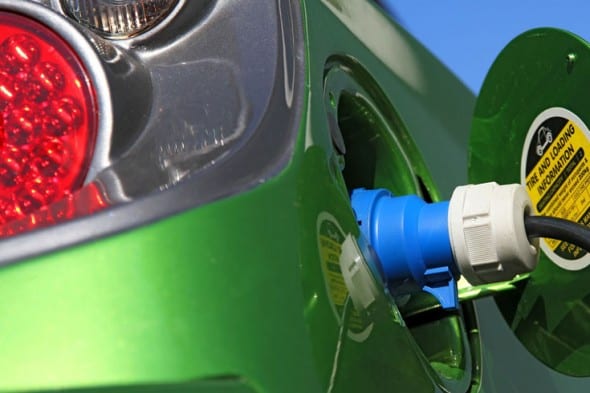A new report into the electric vehicle market in Australia suggests that the main barriers to adoption in the mass market will be quickly overcome, and by 2035 all new light vehicles sales in Australia will be electric, or at least not petrol or diesel.
The paper from Advisian, a subsidiary of Worley Parsons, to be released in full on Wednesday, says there are four key barriers to EV adoption in Australia – the cost of the vehicle, the infrastructure, the cost of charging, and the fate of fuel refineries. But all are likely to be overcome.
The biggest barrier of course, is whether people can afford it. A lot of debate goes into whether purchases of EVs will be “economic”, but Phil O’Neil, a senior associate, new energy, at Advisian, points out that the purchase of motor cars is already, and has long been, the biggest emotional purchase cost of any consumer good.
“How do you calculate the pay-back time of a full leather interior,” he says. Or fancy wheels, for that matter. For many people, the economics of EVs is not as big a factor as some would suggest.
And, in any case, the economics are getting better. The upfront purchase price of EVs is falling and the running costs are already below those of petrol vehicles.
Advising estimates that using off-peak residential electricity to charge electric vehicles costs less than filling similar vehicles at the petrol pump, offering a saving of more than $30 for 500km of driving. Electric vehicles also need less maintenance than petrol or diesel cars, making them cheaper to own in the long term.
“Electric vehicles will become increasingly attractive from an economic perspective,” says O’Neil.
“We’re still looking at a couple of decades to change-over from full petrol to full electric, which reflects the normal turnover in the personal car fleet. However, the rapid adoption of car sharing and autonomous vehicles has the potential to reduce this period dramatically.”
Another potential barrier is if the infrastructure for the EV market can scale quickly enough, and if there can be enough charging infrastructure in place to make it suitable for a country with a lot of long distance car travel.
Again, Advisian says this won’t be an issue. Australians, it notes, were early adopters of petrol vehicles before refuelling infrastructure was widespread, and why will follow the same pattern with electric vehicles.
“Early electric vehicle adopters will take home-charger cords with them to recharge en route,” says O’Neil.
“We also expect that electric vehicle charging stations will become common at workplaces and shopping centres, as employers and retailers take the opportunity to provide a perk for employees or attract shoppers.”
That takes us to the third issue, and the cost of recharging. Advisian suggests that new players in the production and distribution of transport energy are competing for customers with EV manufacturers, pushing down recharging prices for electric vehicles.
Tesla, it notes, is already offering owners of most vehicles in its range free recharging using its Supercharger network. Electricity retailer AGL has announced electric vehicle charging for A$1 per day.
On top of that, the convergence of technologies suggests that many consumers will also be using our electric cars to store energy from household solar panels for later use, or even to sell it on the National Energy Market.
The fourth potential barrier, which seems less of a issue, is the response of the oil industry to rising demand of EVs. Will, for instance, low demand lead to a fall in prices, making the economic case harder.
Again, Advisian sees not much of an issue. It suspects refineries will move to other products for use in plastics, risins and chemicals rather than petrol. “Lower petrol prices could have some impact on electric vehicle uptake,” says O’Neil. “But it’s not a sure thing.”
But there are other issues to take into account. One is a change in electricity markets caused by the mass adoption of EVs, not just in demand from the grid but also in the potential use of EV batteries to participate in the grid.
Another issue in on tax revenue, and the fact that increasing numbers of electric vehicles will undermine the petrol excise model that currently prevails. O’Neil says that will likely result in a congestion or usage tax to offset those declining revenues.











